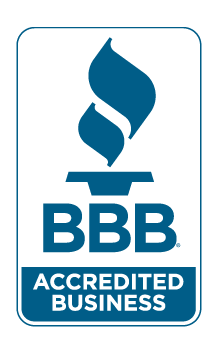Greetings to all our esteemed readers,
Whole life insurance is akin to an old, trusted friend – it's reliable, it's there when you need it, and it carries a depth that not everyone fully appreciates. Today, we're diving deeper into this bond and unearthing a less discussed, but immensely valuable feature: the Automatic Loan Provision. A single checkbox, its presence (or absence) can significantly influence the trajectory of your policy.
Unraveling the Mystery: What's the Automatic Loan Provision?
Every whole life insurance policy is twofold. There’s the primary function of providing your beneficiaries with a death benefit, and then there's a savings component, endearingly termed the "cash value". This cash value isn't just a dormant number; it grows and matures with time, akin to wine aging in a barrel. And just as you'd pour out wine from that barrel, you can borrow against this cash value.
Enter the Automatic Loan Provision. It's like an attentive butler for your policy. If ever you miss a premium payment – whether due to oversight or financial constraints – this provision kicks in. The insurance company, with your prior consent, loans you the funds from your policy's cash value to cover that missed premium, ensuring the policy doesn’t falter.
Diving Deeper: Why Checking 'Yes' is a Forward-Thinking Move
- The Assurance of Unbroken Protection: Life, with its unpredictable nature, often throws us curveballs. Sometimes, these curveballs might interfere with our ability to pay a premium. Without the Automatic Loan Provision, a missed payment could send your policy into a lapse. Now, consider the emotional and financial investments you've poured into this policy over the years. Would you want it to crumble over a single missed payment? The provision acts as a safeguard, ensuring your policy remains robust and active, continuing to offer protection to your loved ones.
- Evading the Labyrinth of Reinstatement: Let's hypothesize for a moment. Your policy lapses. To revive it, you're plunged into a maze of paperwork, possibly even new medical examinations, and there’s a chance you might be met with higher premiums on the other side. This ordeal is avoidable with our trusty Automatic Loan Provision. It prevents lapsing in the first place, saving you potential future headaches.
- Repayment on Your Terms: The loan taken via this provision isn't a traditional loan. While there's interest, the repayment terms are flexible. It’s there for your convenience, not to add another burden. You can decide how and when to repay it. If circumstances dictate that you can't, the loan amount will be delicately subtracted from the eventual death benefit. No debt collectors, no aggressive reminders.
- Mental Comfort in an Ever-Changing World: When the landscape of life changes suddenly – be it due to global events, personal challenges, or financial shifts – knowing that your life insurance policy has an embedded safety mechanism can be a calming thought. The Automatic Loan Provision serves as a gentle reminder that even in turbulent times, some things remain steadfast.
One Checkbox, Myriad Implications
We, at Legacy, are not just in the business of selling policies. We're in the business of crafting legacies, of building lasting relationships, and of ensuring that our clients are equipped with the best tools for a secure future. Every detail, every clause, every checkbox is curated with care.
Whole life insurance is more than just a financial product; it's a commitment to your loved ones, a testament to your foresight, and a beacon of stability in an ever-evolving world. And within this intricate weave, the Automatic Loan Provision stands out as a silent guardian.
So, when you’re next reviewing your policy or considering one, pause for a moment at that seemingly inconspicuous checkbox. Think of the layers of security and convenience it adds. Remember, the most profound impacts often come from the simplest choices.
Stay informed, stay secure, and until next time, remember that we're not just ensuring lives but nurturing legacies.
© Copyright





